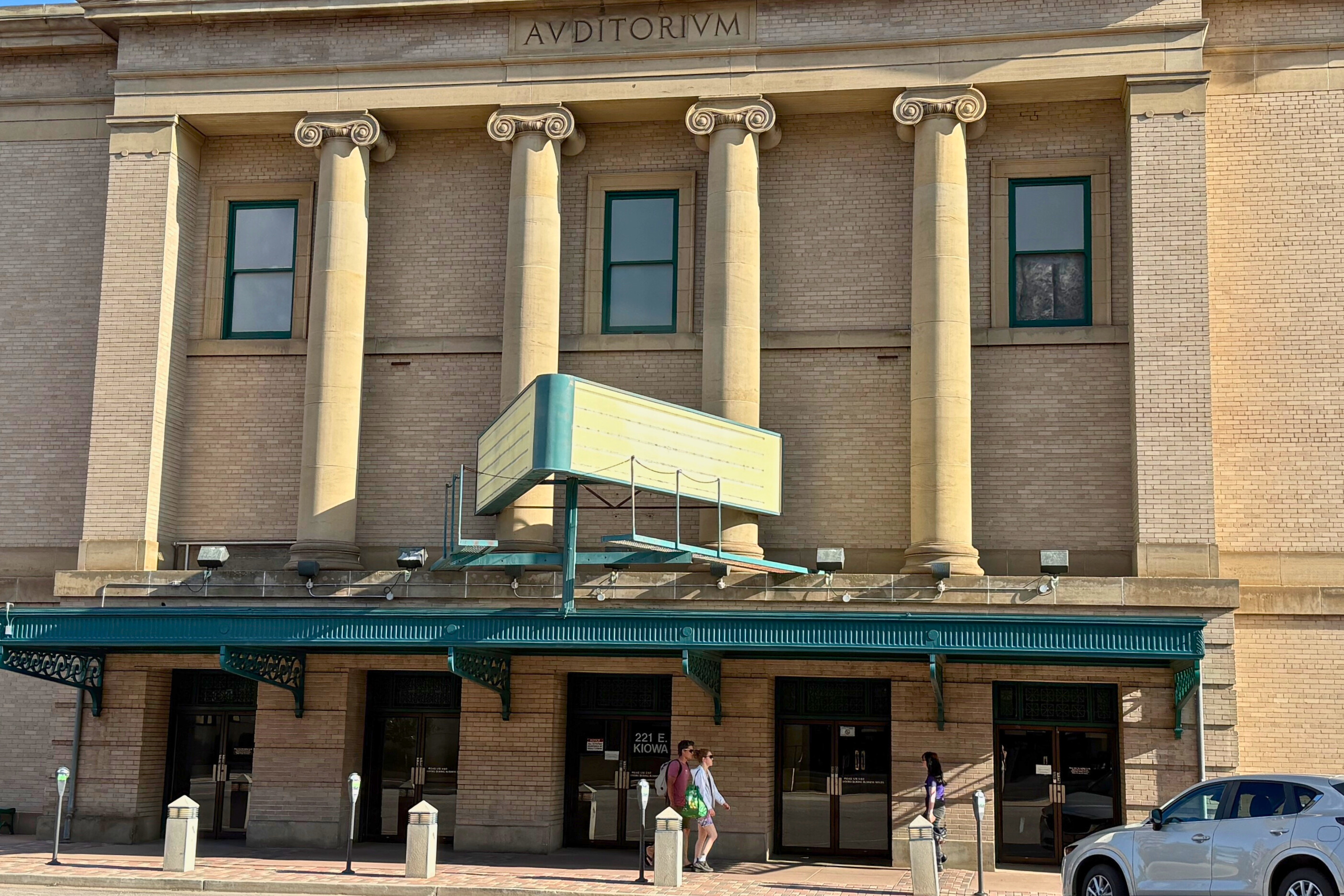
This week Hal lets us know about the conjunction of Mars and Saturn.
The summer of 2016 is a particularly good one for anyone interested in planets. All the naked eye planets are visible, and the nights are warm enough that we can stay outside without getting too uncomfortable. Even binoculars will let you see the red surface of Mars, the stripes on Jupiter, and the rings of Saturn.
Large binoculars or small telescope will let you see even more: you can see the dark regions on Mars showing the differences in the surface of that planet. You’ll be able to spot the four bright diamonds of the Galilean moons orbiting Jupiter. It was those bright moons that got Galileo into so much trouble with the religious leaders of so long ago . And if you look at Saturn very carefully, you may just notice the planet itself appears a little squished. That’s because it’s made out of gas, and because it spins very rapidly, so it’s fatter around the middle than at the top.
Because all the planets are lined up in the same flat plane around the Sun, called the ecliptic, they all appear, to observers on Earth, to be following roughly the same line across the sky. But, because the planets are at different distances, and travel at different speeds, the ones closer to the Sun appear to be moving more quickly than the ones farther away.
Therefore something kind of interesting is going to happen this week involving the planets Mars and Saturn. This August 23 and 24th it will appear to observers on Earth that Mars catches up with and passes Saturn, high in the southern sky. Mars will appear to pass between Saturn and something else that looks very large, and very red, the giant star Antares.
Antares literally translates as “rival of Mars,” because the ancients notice the similarity in colors between the distant star and the rusty planet. Quite a sibling rivalry.
If you’d like to take a closer look at the Mars or Saturn, or any of the other wonderful and amazing things in the sky, please visit KRCC.org or CSASTRO.org for a link to information on our monthly meetings and our free public star parties!
This is Hal Bidlack for the Colorado Springs Astronomical Society, telling you to keep looking up, Southern Colorado!








